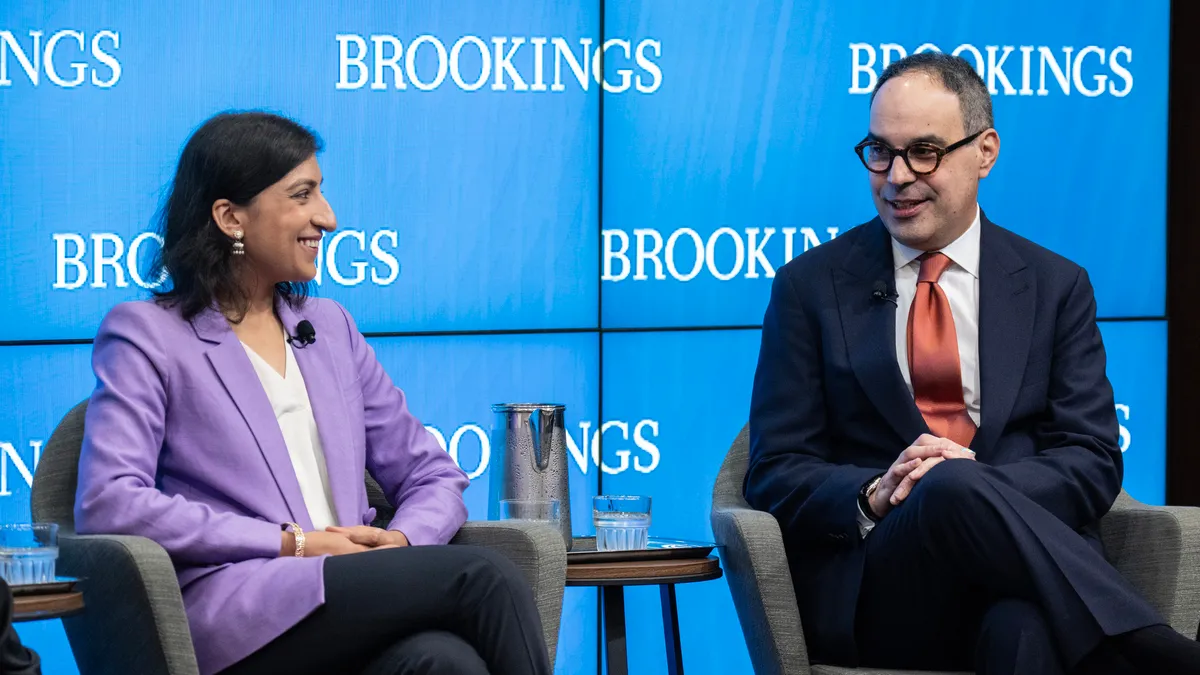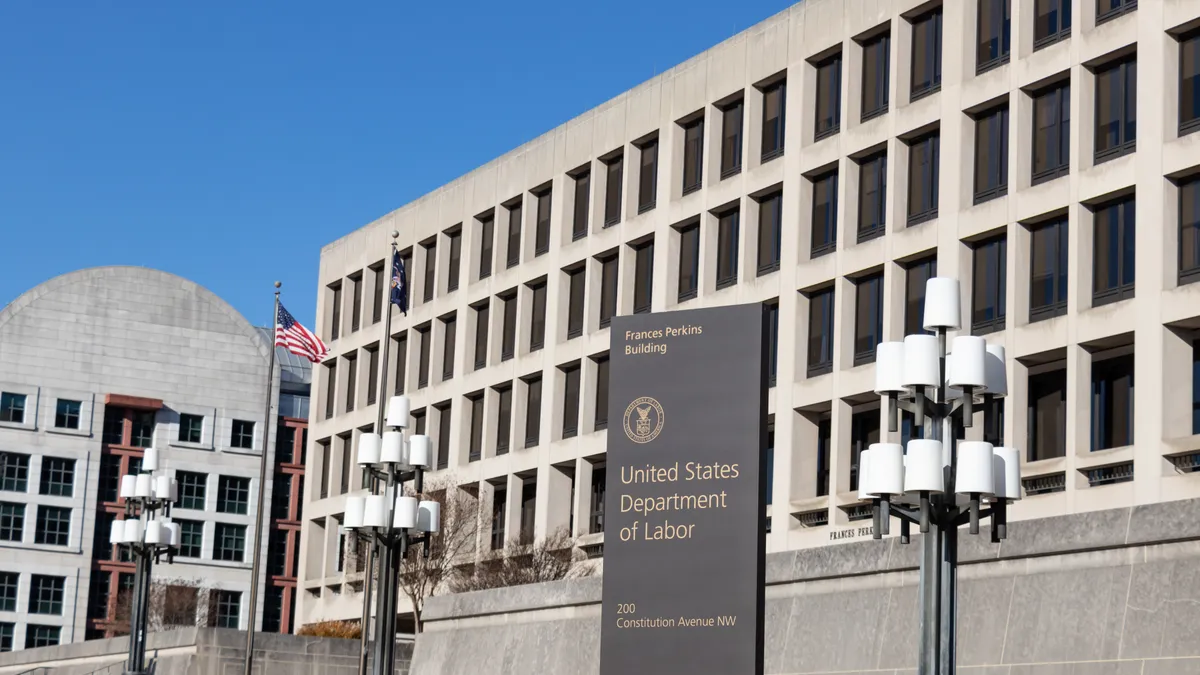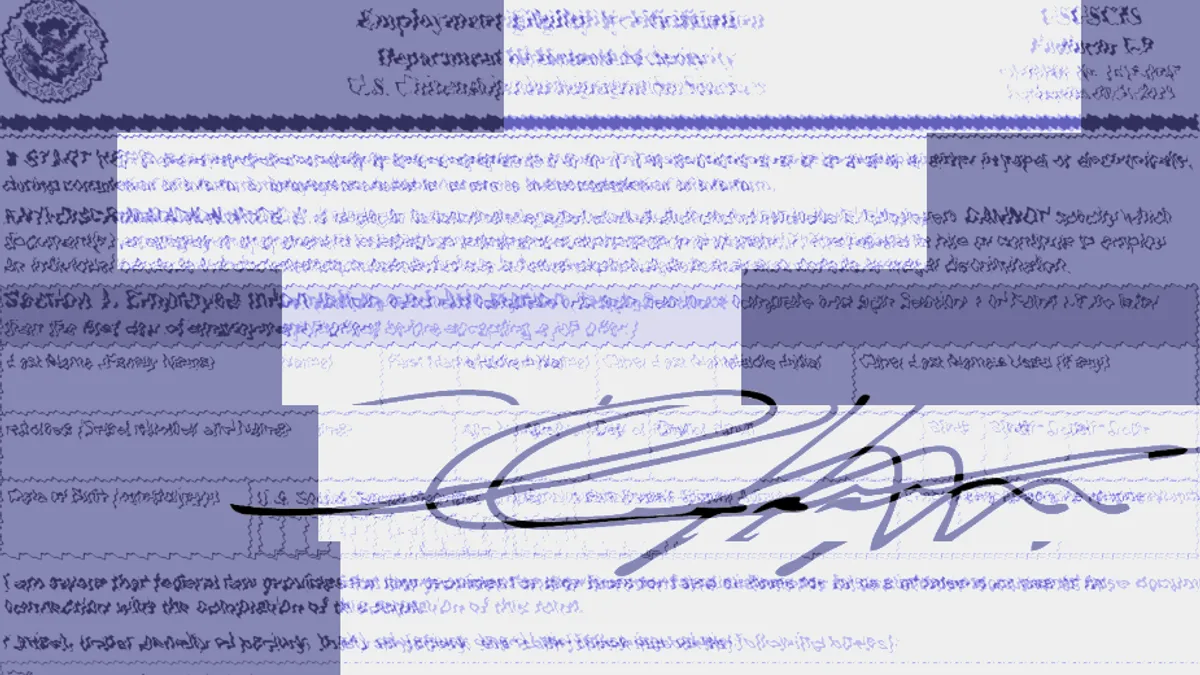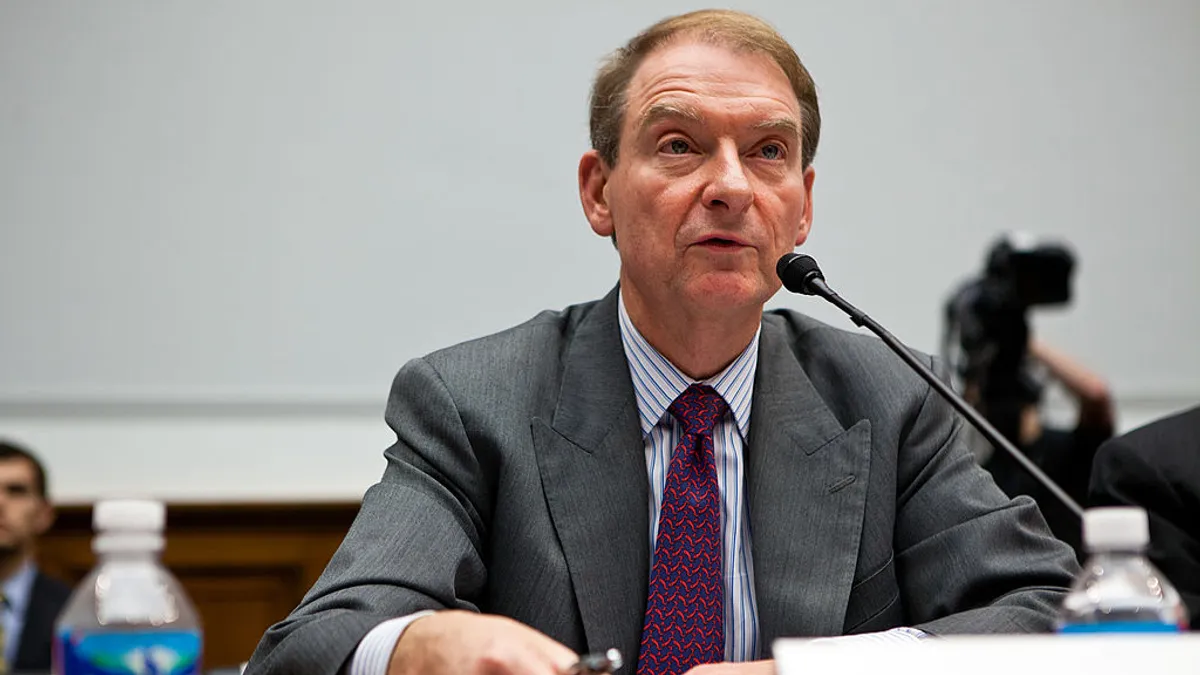The sweeping merger guidelines the Department of Justice and Federal Trade Commission released Dec. 18 could have the unintended effect of turning courts away from using them when weighing antitrust challenges, critics say.
Courts have long looked to the guidelines to help them assess the competitive impact of a proposed merger but if they view the latest updated version from the FTC and DOJ as more of an ideological than objective document, there’s a chance they could start ignoring them.
“Whether courts will accept this departure from established economic learning and antitrust principles … is the key question,” Krisztian Katona, a vice president at the Computer and Communications Industry Association, says in a statement.
Presumptive approach
CCIA and other groups complain the guidelines don’t sufficiently weigh the competitive aspects of mergers and instead take a presumptive approach that consolidation is harmful by default.
“The … guidelines do not sufficiently recognize the motivations for acquisition,” the Competitive Enterprise Institute says. “Neither do they acknowledge the potential advantages of acquisitions, including the possible benefits for workers or consumers.”
In a key change, the guidelines lower what’s known as the Herfindahl-Hirschman Index, a computational standard the agencies use for identifying concentrated markets, from 2,500 to 1,800.
When the HHI index is above the new threshold and increases by 100 after a merger, and if the two companies combined are calculated to have at least a 30% market share, the merger will be presumed anti-competitive and subject to more scrutiny.
“This presumption will ultimately lead to an increase of [competitive analysis] errors,” CEI says. “Too many procompetitive and efficient mergers will face undue scrutiny.”
In another big change, the guidelines elevate the importance of labor market effects as a central filter through which deals are to be assessed, an approach that moves the agencies away from the consumer-harm standard that has governed for decades.
“Antitrust law can only serve one master effectively and consumers will suffer,” CEI says.
The guidelines aren’t binding; instead, they articulate what the agencies consider important when assessing deals for anti-competitive risk.
Market realities
The agencies, headed by FTC Chair Lina Khan and DOJ Assistant Attorney General Jonathan Kanter, pictured above, began working on their re-write two years ago and, after publishing them as a draft last summer, considered some 30,000 public comments.
Among the changes they made to reflect public input, they eliminated vertical mergers as a stand-alone guideline and also eliminated a catch-all category that gives the agencies leeway to look at other factors when assessing deals. Some of the language in the eliminated guidelines remain in the document as additions to other parts of the guidelines.
Supporters say the changes better reflect market realities today, especially given the way technology companies have come to dominate wide swaths of the economy and the way their digital platforms — what the agencies call multisided platforms — host companies competing for business.
Amazon, Apple, Meta, Microsoft and other tech giants host these digital platforms, giving them outsized influence over commerce.
“The new guidelines provide a road map to bring first principles of the antitrust laws into the 21st Century,” Erik Peinert of the American Economic Liberties Project said in a statement.
Charlotte Slaiman, a vice president at Public Knowledge, said the guidelines “have the potential to usher in a new economy where competition thrives.”
Court reaction
It remains unclear whether the changes will impact how courts rely on the guidelines to inform their rulings when deciding cases brought by companies challenging FTC and DOJ antitrust actions in court.
Courts have used the guidelines because they’ve largely been seen as objective criteria that have evolved over time and more or less reflect a consensus, but this latest revamp could be seen as a departure from that, Colin Kass of Proskauer Rose says.
“If these get adopted,” Kass told Legal Dive last month, when the agencies were still collecting public comments, “almost certainly they won’t survive the next administration.”
Losing that continuity over administrations could signal to the courts that the guidelines aren’t to be considered a consensus document anymore.
“Whether the courts will continue to view them as [non-partisan], we don’t know,” Kass said.
Over the last two years the agencies have had a mixed record in the courts, losing more than they’ve won. By using the revamped guidelines to double down on their strategy, there’s a good chance their win-loss record won’t improve as courts dismiss their guidelines.
“As the … FTC’s record in challenges to mergers in Article III courts already shows, mergers that are not, in fact, anticompetitive will be unsuccessfully challenged,” CEI says. “This is a waste of taxpayer money and resources.”



















